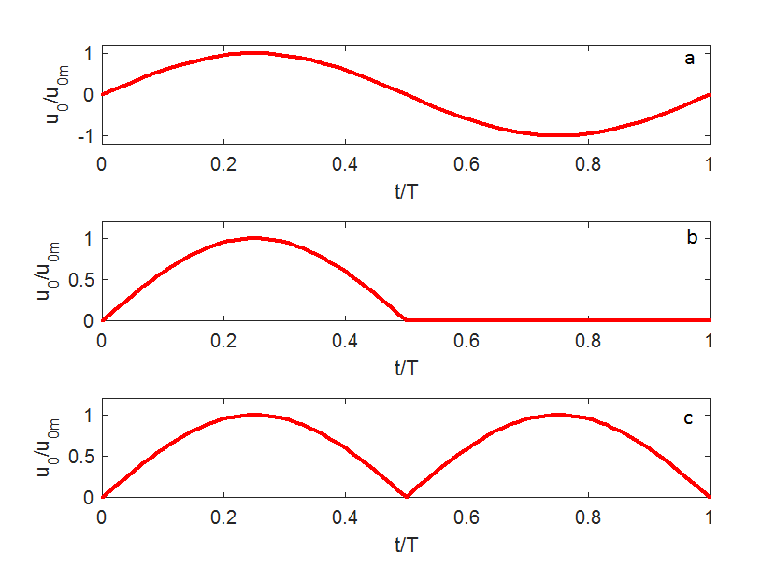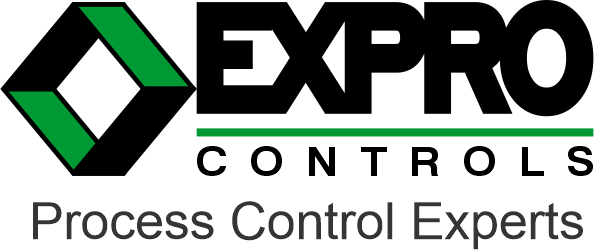What is Pulsating Flow?
A base understanding of what pulsating flow is need before we can solve how to prevent pulsating flow. Pulsating flow occurs in a wide variety of industries and systems, such as oil and gas, chemical manufacturing, water treatment plants, and many more. It is characterized by periodic variations in velocity and pressure throughout a system and is a significant concern. (See photo provided below) If pulsating flow is left unchecked it leads to reduced efficiency, system vibration, increased noise, and wear and tear on the system.

What Causes Pulsating Flow?
The main causes of pulsating flow are valve dynamics, system resonances, and fluid properties.
- Valve Dynamics: Improper valve settings, such as excessive valve clearance or misalignment can lead to irregular flow patterns and pressure fluctuations.
- System Resonance: The interaction between the pump and the piping system can give rise to resonant frequencies that amplify pulsation effects. System resonances occur when the natural frequency of the piping matches the frequency of pulsation generated by the pump. Factors such as pipe length, material stiffness, and support conditions influence the resonant behavior.
- Fluid Properties: The properties of the pumped fluid, including viscosity, density, and compressibility, can influence the severity of pulsation. Highly viscous fluids tend to dampen pulsation effects due to their resistance to flow fluctuations whereas low-viscosity fluids may amplify pulsation due to their compressibility and propensity for turbulence.
How to Prevent Pulsating Flow?
Identifying the source of pulsations is crucial for determining the appropriate method of prevention and mitigation. Provided below are a few ways of preventing pulsating flow:
- Pump Selection and Sizing
- Selecting a pulsation free pump type for the application can be crucial for minimizing pump pulsation.
- Ensure that the pump is sized correctly by factoring in flow rate, pressure requirements, and system dynamics.
- System Design and Layout
- Design the piping layout to avoid sharp bends, sudden changes in pipe diameter, and restrictive components.
- Control and Monitoring
- Implement variable speed drives to allow an operator to modulate flow and pressure.
- Mechanical Solutions
- Install pulsation dampeners in the piping system to reduce the pressure fluctuations.
- Use pressure relief valves or bypass lines to prevent against overpressure events.
- Fluid Dynamics Consideration
- Modify the viscosity or density of the pumped fluid.
- Choose the correct material and pipe diameter by selecting materials and diameters that minimize friction losses and pressure drops.
